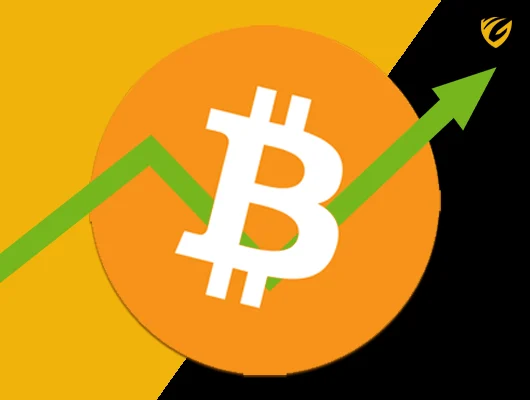Knowing Bitcoin Halving: An in-depth Look at the Cryptocurrency’s Scarcity Mechanism
By YGG News • March 5, 2024
Knowing Bitcoin Halving: An in-depth Look at the Cryptocurrency’s Scarcity Mechanism
The halving of Bitcoin is one of the major events that has shaped the digital landscape in the ever-changing world of cryptocurrencies. It’s critical to understand the significance of this process, its effects on the economy, and what it implies for investors and miners, as the next halving approaches.
What is the halving of Bitcoin?
To regulate its rate of emission, Bitcoin, which has a fixed quantity of 21 million coins, goes through a process called halving. The process of dispersing bitcoins, mining, maintains this scarcity. The incentive for miners in each block is halved every 4 years, or after 210,000 blocks, which slows the number of new bitcoins that are released into circulation.
The impending halving, anticipated at block #840,000, will reduce the block reward from 6.25 to 3.125 bitcoins, as of block 833,210. This event is predicted to occur on April 21, 2024, at 17:57.

Why Does the Bitcoin Halving Matter?
The halving of Bitcoin is beneficial to the economy and to survival. In terms of economics, it establishes a pattern of scarcity for Bitcoin, enhancing its standing as a store of value. Over time, Bitcoin’s value will rise due to a drop in supply and a rise in demand. Furthermore, halving emphasizes the deflationary nature of Bitcoin even more—roughly 90% of it has already been mined.
Halfing encourages miners to validate blocks and safeguard the Bitcoin network from a sustainability standpoint. The procedure guarantees a prolonged and steady mining time, which is essential to preserving the integrity of the blockchain.
Bitcoin Halving Time Table
A series of halving events that gradually reduce block rewards illustrate the impact on tokenomics and miners’ incentives graphically. This graph shows how block rewards are steadily declining as the number of fresh bitcoins is progressively reduced.
When Bitcoin was first released, it had a halves mechanism. The first halving took place on November 28, 2012, at block 210,000. Other halvings occurred in 2020 and 2016; the next one is planned on May 04, 2024, at block 840,000. Before and after each Bitcoin halving, the table gives a thorough summary of the block heights, block rewards, and halving dates.
What Effect Does the Bitcoin Halving Have on Its Price?
A halving of bitcoins means less pressure from miners to sell and less new bitcoins being created, which is good news for investors. Based on past data, it appears that there is a favorable impact on investor psychology, which raises the value of Bitcoin. However, the state of the market has an impact on the price.
Prior to the 2020 halving, the price of Bitcoin increased by about 40%, setting a new record high of $67,000 after the halving. Halfing means less money for miners, which could affect their profitability and force some of them to close. This has an impact on the mining hashrate, which might briefly cause the Bitcoin network to slow down.
- What Takes Place If Every Bitcoin Is Mined?
Since it is anticipated that the final Bitcoin will be produced in 2140, transaction fees from users will replace block rewards as the miners’ incentive. This change guarantees the Bitcoin network’s durability and security long after the mining process is over.
In summary, the Bitcoin halving is a significant development that affects the cryptocurrency’s operational and economic environment. The cryptocurrency community is excited to see how the next halving will affect mining dynamics, the value of Bitcoin, and the blockchain’s overall health.



